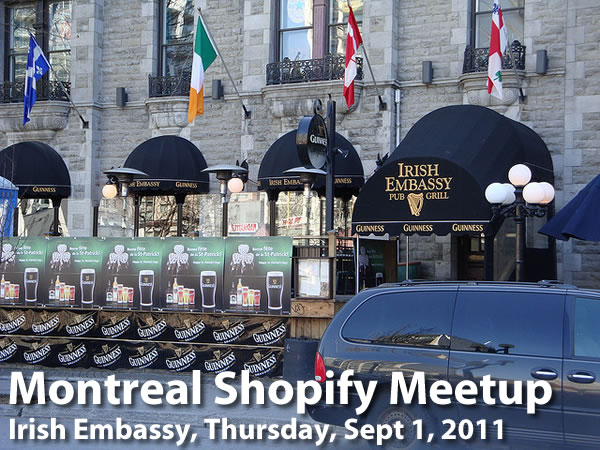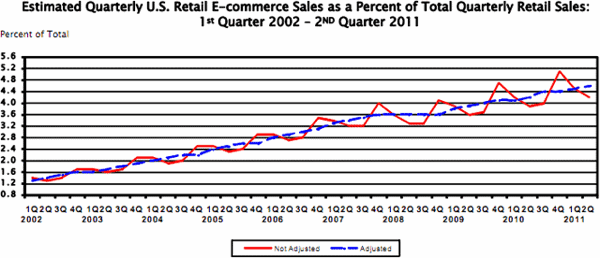Abby “HackerChick” Fichtner is a friend whom I met at the DefCon 8 conference back in 2000. We caught up in person a little more recently, when she joined Microsoft as a Developer Evangelist for Startups while I was a Developer Evangelist for web and mobile. She works out of the Boston area and while she’s a mobile worker, she does hold some office hours at Microsoft’s NERD (New England Research and Development) Center in Cambridge, the inaugural location of the BarCamp Tour.
Her focus is on helping startup become lean startups and lean startups thrive. According to Wikipedia, lean startups are born out of three trends, which Eric Ries (who coined and even trademarked the term) states are:
- The rise and use of free and open source software
- Application of agile software development methods
- Ferocious customer-centric rapid iteration, as exemplified by the Customer Development process
Lean startups embrace continuous deployment, where new code gets pushed to production daily, if not multiple times a day. From that approach come a number of follow-up approaches, including:
- Testing in actual production environments instead of mock production environments
- Getting user feedback from observing user behaviour in the production environment instead of soliciting opinions from users running demo versions
- Saying “We don’t even know the problem”, in response to the agile statement of “We don’t know the solution”.
In the video above, Abby summarizes the lean startup approach in a quick — I even daresay lean — two minutes and thirty-seven seconds. If you’d like to see an expanded version of this topic, see her slideshow below, Lean Startup: How Development Looks Different When You’re Changing the World, a presentation she gave at Agile 2011:




















